How to Breastfeed
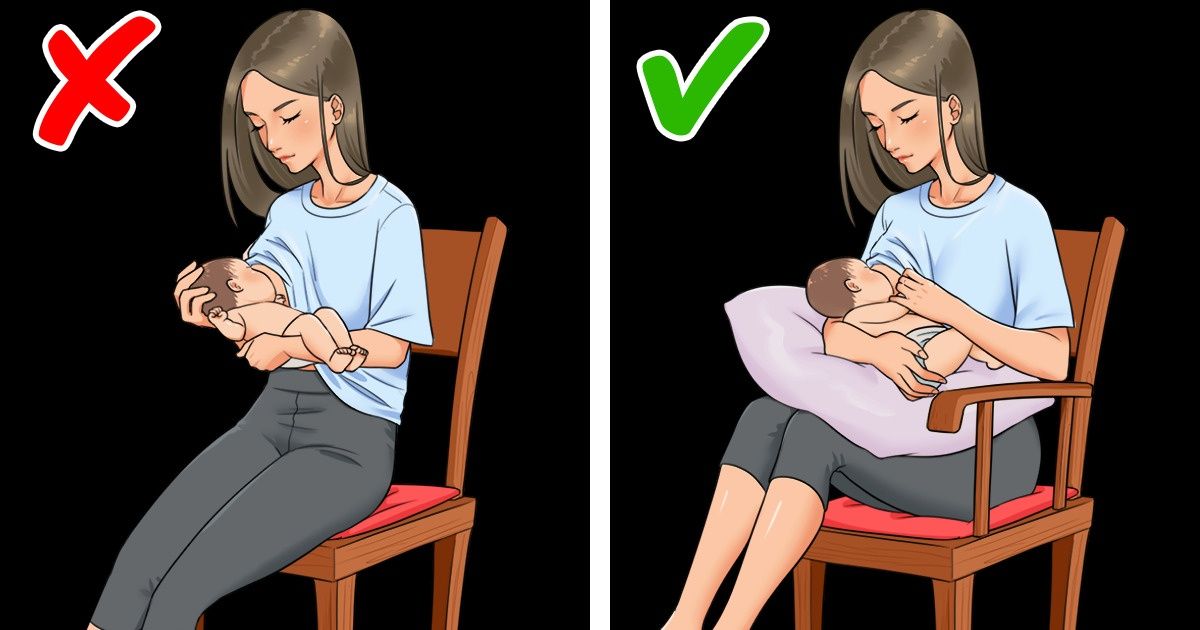
Although breastfeeding is a сompletely natural thing, sometimes it can be very challenging, especially for first-time moms. 5-Minute Crafts will show you several positions you can try to make this process easier and more comfortable for both you and your baby.
Prepare yourself:
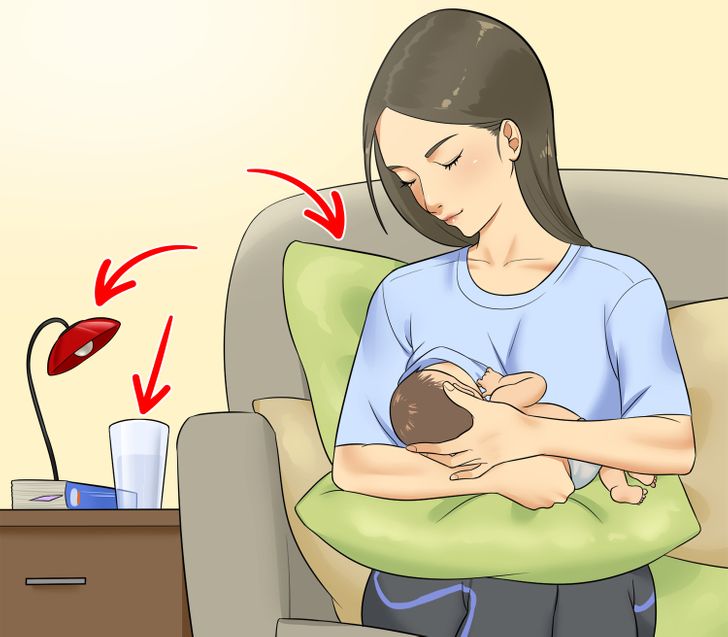
- Gather everything you’ll need in advance — drinks, snacks, your phone, the TV remote, books, etc. If you do this, you won’t have to interrupt the feeding process later.
- Don’t forget to use the toilet because you won’t be able to get up again for a little while.
- Prepare some cushions, pillows, or rolled towels to support your back and arms and help you feel more relaxed.
Choose the position:
1. Cradle hold
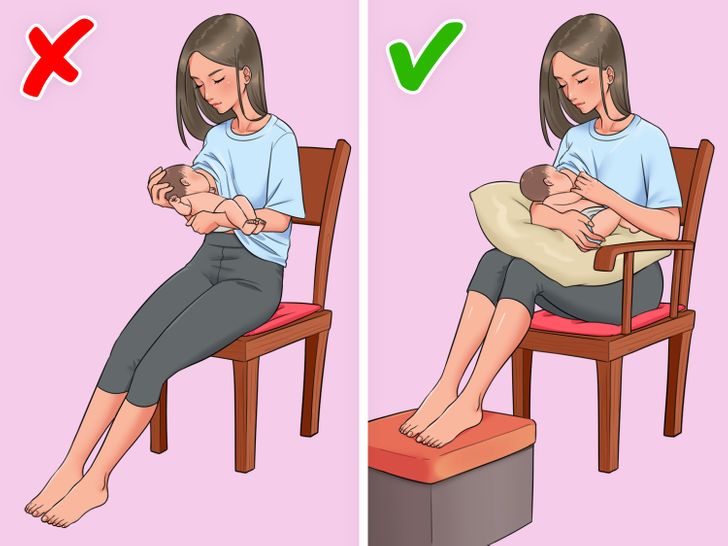
What to do:
- Sit down, upright in a comfortable chair with armrests or in a bed with cushions and pillows around you.
- Place your baby across your lap, facing you.
- Your baby’s head should rest in the bend of your elbow, on the side where you’ll be breastfeeding, and your arm should support the length of its body.
- Hold your breast with your opposite hand and compress it gently so that your nipple points toward the baby’s nose.
- Make sure that your baby’s head is in line with the rest of its body. If its head and neck are twisted, it will be hard for your baby to swallow.
- To prop up your baby and avoid strain on your back and shoulders, you can place a breastfeeding pillow across your lap. However, make sure that the pillow doesn’t lift your baby too high — to avoid sore nipples and a strained latch, your breasts should remain at their natural height.
- Keep your feet flat by resting them on a stool or small table. This will stop you from leaning forward and prevent back pain.
2. Crossover (cross-cradle) hold
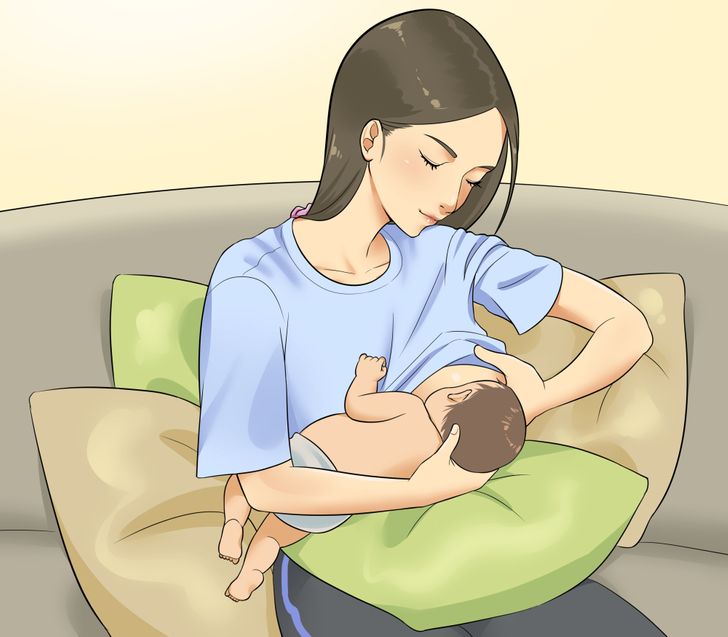
What to do:
- Sit up in bed or in a chair with your back and shoulders supported by some pillows. Put one or more pillows on your lap to bring your baby up to nipple level.
- Hold your baby’s head with the hand that’s opposite to the breast you’ll be feeding from. Your hand should support your baby around their neck and shoulders. You can also use a small pillow or a rolled-up towel to support your wrist and hand.
- Your baby should completely lie on their side, facing you.
- Use your free hand to support the breast you’re feeding from.
3. Football (the clutch) hold
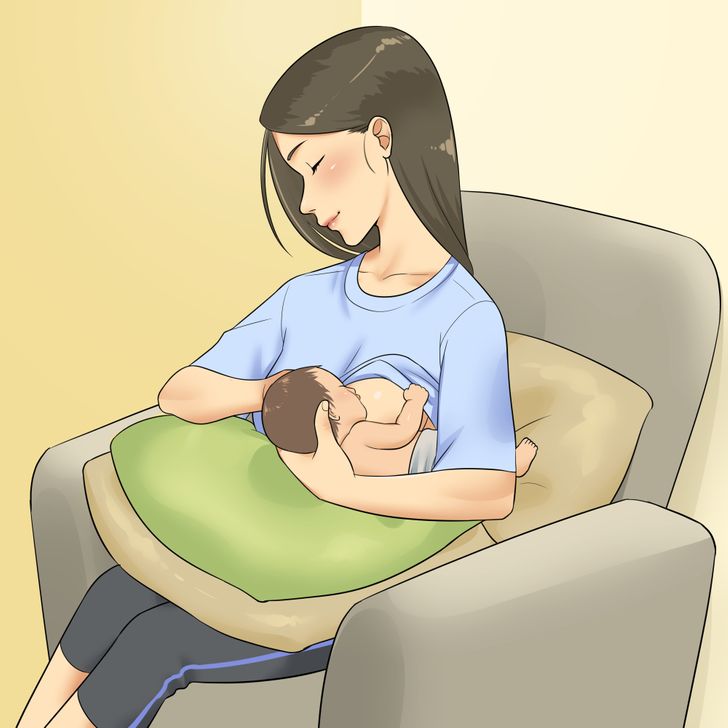
What to do:
- Sit in bed or in a chair with your back and shoulders well supported. Place some cushions or pillows along your side to support your arm.
- Hold your baby at your side and tuck its legs under your arm on the same side as the breast you’re feeding from. The baby’s hips should be close to your upper hip and its feet should point toward the back of the chair.
- Support your baby’s neck and shoulders with the palm of your hand on the same side you’re nursing from and gently guide its head to your breast. Avoid holding the back of your baby’s head as this can stimulate it to arch away from the breast.
- Use your other hand to support your breast.
4. Side-lying position
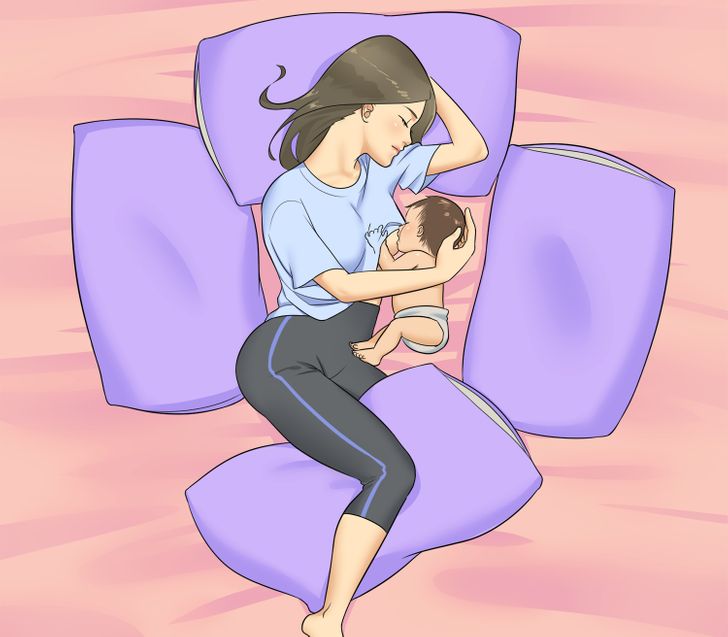
What to do:
- Lie on your side in bed.
- Your baby should also be lying on its side facing you, its head should be in line with your nipple.
- Place 2 pillows under your head, a pillow behind your back, a pillow between your legs, and one more pillow behind your baby’s back.
- Make sure that your baby’s ear, shoulder, and hip form a straight line and are not twisted.
- Tuck the arm you’re lying on under your head or pillow and use the other arm to support and guide your baby’s head to your breast.
5. Laid-back position

What to do:
- Sit down on a couch or bed with some pillows supporting your upper back, neck, and head. Then lean back comfortably on the pillows into a semi-reclined position.
- Place your baby on top of you, tummy to tummy. It should be lying on your chest in any direction that’s comfortable for both of you and the baby’s cheek should be on your breast.
- You can hold your baby with your hands and gently point your breast toward the baby to encourage latching.
Latch your baby:
- Hold your baby close to you, with its nose at the same level as your nipple.
- Gently tickle your baby’s lips with your nipple to encourage it to open its mouth. If your baby isn’t opening its mouth, try to squeeze some milk on its lips.
- Once your baby’s mouth is wide open, bring it forward toward your breast. Don’t lean over and push your breast into the baby’s mouth, as this can lead to poor attachment.
- Make sure that your baby’s mouth covers both your nipple and the areola (the area around your nipple) and that both its nose and chin touch your breast. Sucking on just the nipple might leave your baby hungry, because the glands that secrete the milk won’t be compressed and it also can make your nipples sore and cracked.
- Once your milk comes in, listen for the sounds of swallowing or gulping. If you hear a clicking noise, this might mean that the baby isn’t latched properly.
- To release the latch, put your pinky finger in the side of your baby’s mouth and gently take it off your breast.
Check out this collection of smart gadgets and hacks for parents
Share This Article